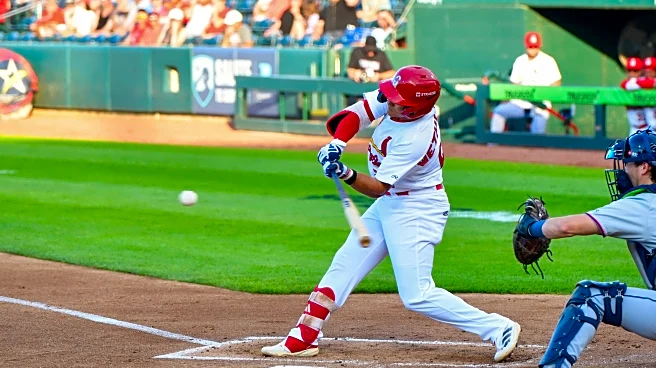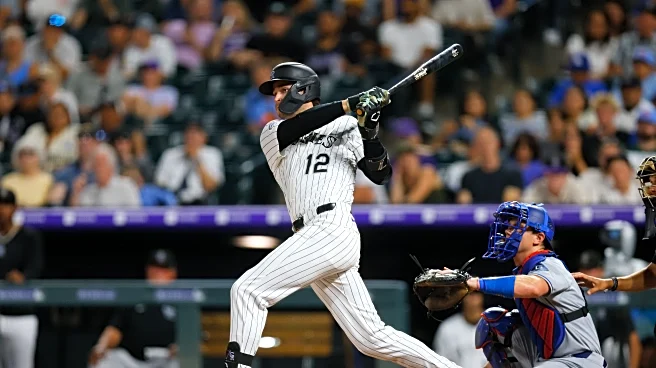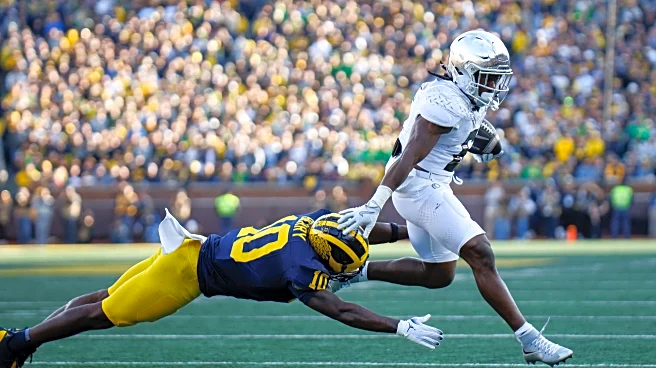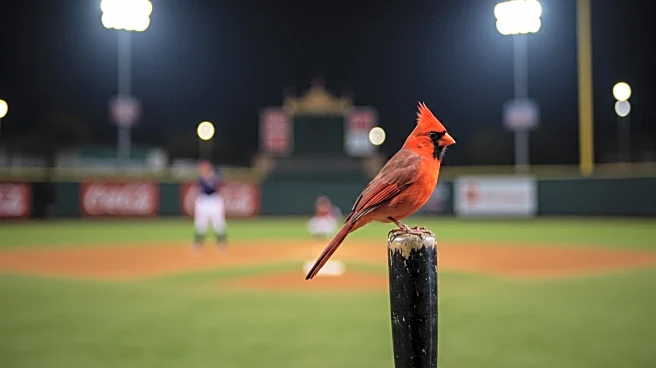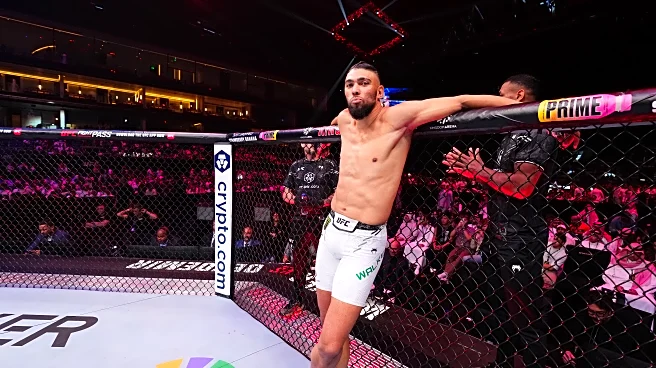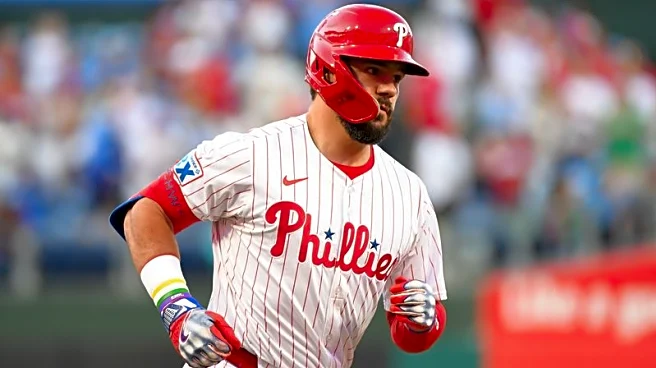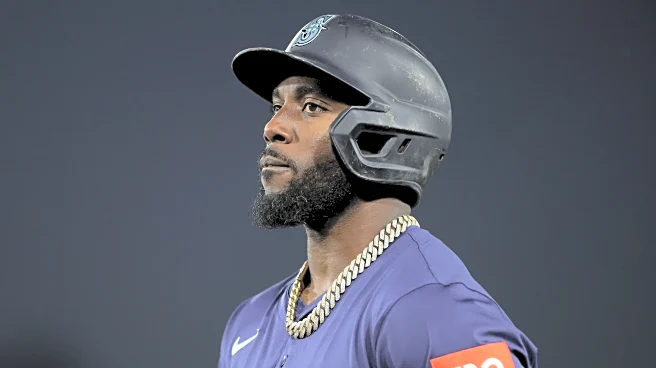
I get distracted easily, and lately I find myself pondering the 2026 season (and beyond) more and not so much the current season. I will do a write-up or three on players still, and the usual end-of-season assessment, but really my mind’s eye is to the future. Yoda would be so disappointed. “Never his mind on where he is at. What he is doing. Always looks to the future, this one”.
This really will be the first of a multi-part evaluation of what I find to be a fascinating set of dilemmas that appear
to be facing the incoming management group led by Chaim Bloom. If nothing else, it should be fun to critique new approaches and styles instead of re-treading the same old thinking (and over thinking). I mean, really, what is the benefit of playing multiple players short just to avoid a 10-game IL (when a good % of those games will be missed anyway)? In a season that has already been declared lost by a management team that sold at the deadline (correctly). Is putting an injured player (or 3) on the IL really going to avoid the outcome we all see coming? So on to the future we look. Where there is hope, in abundance.
Fair warning, this isn’t a write-up about individual prospects. I’m no expert and it is important for a man to know his limitations. I’ll rely on other experts (multiple), correlate them and draw some high-level conclusions. There won’t be a single prediction of future player success or failure. But I think there are some interesting nuggets to be mined.
This little project started off when I saw the MLB.com (Dykstra, et.al.) had updated the Top-30 prospect list for the Cardinals (and others). These updates are post-draft, post-trading deadline looks, so very recent. I had just finished reading FanGraphs update to the Cardinals Top-41 prospect list that FG does (Longenhagen, et.al). Their stuff was done just prior to the draft. In effect, we have a before- and after-image of a Top Prospect list and I was interested to see how it changed.
I was also mildly curious to see how much different the two evaluation systems would be. When it comes to the Cardinals, not very. They both use the same 20-80 grade scale (more on that later if it becomes pertinent to the story). Both groups pretty much see all the Cardinal players the same. Not kind of the same, but pretty much spot on the same. The largest differences I could find were that FG views Nathan Church as a 35+ FV and MLB.com views him as a 45 FV. FG views Wetherholt as a 50 FV, MLB.com views him as a 60 FV. FG views Bernal as a 45+ FV and MLB.com views him as 55 FV. In all three cases, I wonder if that is a function of MLB.com has a more current view of three players having very good seasons.
Fourteen of the thirty players in the list have the same numerical FV rating between FG and MLB.com. Some of the rankings were different, but that appeared to amount to slightly different sorting of 40 and 45 FV players. FG has Chen-Wei Lin as 45+, ranked #8, whereas MLB.com has him as 45 FV ranked 16. To me, they see pretty much the same player. How they sorted them in raw rank positions was of less interest to me. That FV rating was more my speed. MLB.com is a bit more down on Tink Hence at 45 FV (FG has him at 50 still). I suspect that is a timing thing, where FG probably hadn’t recognized another long IL stint coming for Hence.
There were only a couple of odd-balls. I did wonder about that Wetherholt gap (50 FV vs. 60 FV). If you peek down at the bottom chart, 50 to 60 is a pretty different player. They both have him at #1, so both see him as the top dog of the system. Perhaps one sees floor and the other sees ceiling. FG has Pete Hansen with his highest level as AAA, ranked #10 on their list with a 45 FV. MLB.com doesn’t seem to know Pete Hansen even exists, lacking even an honorable mention. I can assume based on their other ratings that MLB.com had him below 40. Weird gap. For what it is worth, the FG ranking caught me by surprise. The AAA note is based off 1 IP Pete pitched at Memphis at the end of the 2024 season. He is not a AAA pitcher. Yet. I’m not suggesting FG is wrong. I hope they are right ahead of everyone else.
So, with those few exceptions, I was able to take two different experts and mostly reconcile their work. Then I highlighted where the new players slotted in. Five new players appear on the prospect list having come from the 2025 draft. Four new players enter the list coming in from the trades mentioned earlier. In a number I initiallly evaluated as low, only two players were added to the list who were already in the organization. So, only 2 existing guys improved their FV enough to vault on to the prospect list (Deniel Ortiz, Kenley Hunter). Perhaps not enough time passed between rankings, though, and two is really a decent number. I don’t know. I certainly can wishcast that more guys emerged, but reality is I don’t have a baseline to know if this number is good, bad or middling. Hunter is an IFA still in the DSL, I believe. Ortiz just got promoted to High-A.
In essence then, nine external acquisitions made in July pushed 9 existing organizational players down or off the list. These nine made up most of the prospects ranked 18-30. That, on the surface, sounds like organizational depth has improved some. Nine out of 30 doesn’t seem bad, does it?
However, beneath that surface lies a little choppy water. For instance, the total number of players with greater than a 40 FV rating (17 players) remained unchanged between the before- and after- lists. How can this be? Well, FG includes Saggese, Graceffo and McGreevy in their list of top prospects, but by the time MLB.com did their list, these 3 guys are ineligible having graduated to the MLB. FG had all three above a 40 FV grade (45 for McGreevy, 40+ for Sags and Graceffo). Then there is the odd-ball Hansen as the 4th player on the before list done by FG that is not on the after list done by MLB.com. Alongside those 4 players falling off, only 4 of the newcomers (Jesus Baez, Doyle, Dohm and Mitchell) received FV ratings greater than 40. So, it appears that if organizational depth improved, it improved mostly at the 40 FV and below level.
Another point of choppiness in the waters … the number of pitchers with a rating greater than 40 FV declines from ten to eight in the before and after view. Of course, one of those is the mysterious non-entity Hansen. Worse, three of the eight pitchers presently with a rating greater than 40 FV (Hence, Hjerpe, Roby) have long-term injuries to deal with, pushing their ETAs for MLB production out a good bit.
On a positive note, the number of players with grade 50 FV and higher has risen from five to eight. Even more promising, the number of players with grade 55 FV or higher has risen from a barren zero to four. So, more strength right at the top, which will have the feel-good effect of goosing the overall rating of the Cardinal’s minor league systems when those publications come out later.
Here is where I am beginning to put together a list of planning dilemmas the new regime will have to face, and hopefully creatively solve. One appears to be around the pitching. Where are they going to find it? Mikolas will depart at season’s end. Gray has one more year left, as does Romero. These are spots that will need filled, and some quality would go a long way to improving the MLB team’s outcomes. It’s easy to say almost anyone can do better than Mikolas 5.xx ERA, but substantially better is a whole other ballgame. Having only five healthy pitchers with a grade higher than 40 FV in the minor league system doesn’t scream “help is on the way”. And one of those five has yet to throw a single pitch professionally. As I see it, minor league pitching depth will be a challenging short- and mid-term planning problem to solve. I’m curious to see how this unfolds.
Another dilemma I see emerging is around the minor league depth. Other than the IFA market, the Cardinals won’t get another shot at adding talent to the minor league pipeline until next July, where they will likely pick more like 15th, not 5th in the 2026 draft. They also won’t really have any trade deadline opportunities, except perhaps Romero, so not anticipating the abundance of July, 2025. If they don’t see their system as good enough, it sure looks like selling off some controllable MLB assets (Donovan, Nootbaar, others) might be something they consider more strongly. On the flip side, if they look at the MLB team as being close and needing only a few strategic improvements (RF, starter) to be really competitive, then they will be facing a rob Peter to pay Paul dilemma to solve in the off-season.
Since I’ve referenced FV grades so heavily, I will include FG’s depiction of what they mean (see below). Pitchers first. I highlight first because I want to invite some comment/suggestions. My read of this scale, particularly the narrative part under the heading ROLE seems out-of-date for the modern game. Agree? Disagree?

I’m good with the 20-80 scale, but as I read the ROLE column, I find myself not relating to the 55 and up definitions. Working backwards from 80. It would be tough to grade a prospect pitcher as the potential to be one of he top 1-3 arms, that is a pretty narrow range for a wide-variance projection like FV. Perhaps I nitpick.
Moving on. 70 Scale reads #2 starter, FIP under 3, about 200 IP. Now I’m really off the tracks. Do you know how many starters in 2024 met this criteria? Nine, on the innings side (I used 190 as the cut-off for “about 200”). Only 2 qualify on both “about” 200 IP and FIP < 3, and both those guys would qualify for Ace. How could you ever project a prospect pitcher to fit within such a narrow range … be an FIP guy < 3, pitch about 200 IP and NOT be an Ace. To me, this scale seems like it takes 70 and 80 off the board. I get that. Rare. Super rare. Maybe Skenes coming out of college rare. And really, who can ever be projected to pitch 200 IP with the way pitchers are used these days?
Moving on. So that means FV 60 pitching prospects are pretty much the top prospects year-in, year out, right? The 70/80 guys will be super rare. That #3 starter definition caught my craw. Most any team would kill to have a pitcher who projects to approach 200 IP with a 3.30 FIP. And that guy wouldn’t be at #3 on any team. In 2025, there are a grand total of 15 pitchers (qualified) with FIP < 3.30. Maybe half of them will approach 200 IP. BTW, Philadelphia has 3 of these guys. In 2024, 17 pitchers qualified on FIP, and maybe 15 qualified on IP, depending on how you define approaching (I used 170). Again, a pretty narrow range definition for a high variability projection, isn’t it? Still pretty rare and a seemingly shrinking population, especially on the IP side.
What I take from this scale is that 60, 70, and 80 are super rare, too rare at 60 and 70 if 80 is top 3. 20, 30, 40 are not rare, but not that interesting. That leaves 45, 50 and 55 to rate the remaining pitchers. Seems like it would be hard to differentiate among prospects. If the Cardinals had a 55 FV pitching prospect (they do, named Doyle), on one hand I’d read this scale and think they are projecting a #3 or #4 starter. Boring! On the other, he’d be projected as FIP 3.7, around 160 IP. To me, that’s pretty interesting. Can I have two of those? Such a performance would put said prospect in the Top 30 of all starters (ie. someone’s #1) on FIP, and in the top 60 on IP (someone’s #2). Yet we’d think of him (projected) to be a #3 or #4?
Also, this scale leaves out any way of projecting guys who are swingmen/relievers, which make up something close to 2/3rds of the pitching population. Would seem like those guys would get shunted to 40 FV and lower just on IP. I get that relievers have less overall value than starters (based on IP), but if we are trying to differentiate the skill level of a pitcher who might an effective reliever (say, a Kyle Leahy) from a guy who projects to be a 40 FV as a starter, how does any of this help?
Is there a better, more modern description of the scale anyone knows about?
Then position players next. These seem more relevant to the modern game (subjective, I know). For a quick litmus test, FG rates Wetherholt as FV 55 and MLB.com rates him as 60 FV. To me that sets his projection floor and ceiling and seems about right given what we’ve heard about him and what he has done so far at the MiLB level.
One interesting note I make. Pitchers make up half the players in the game, yet the FV 80 scale for players accommodates top 5 instead of top 3. Why? And FV 70 accommodates top 10, where the pitching scale is more statistically based and narrows the population a tad down to less than 10. Why?

